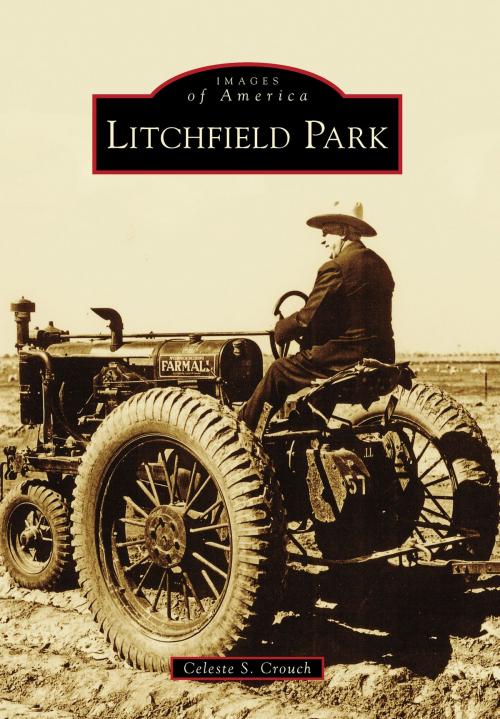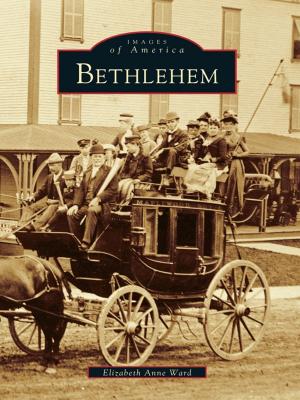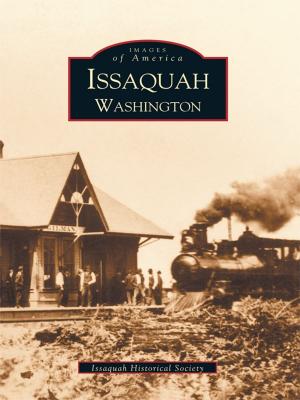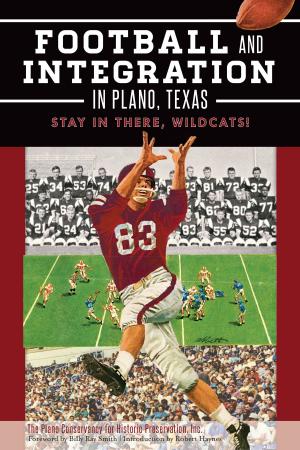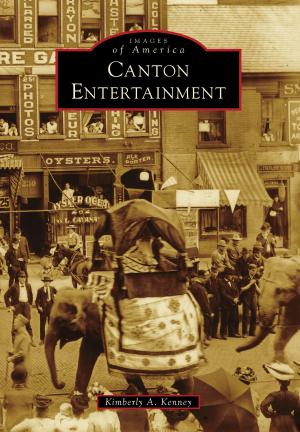| Author: | Celeste S. Crouch | ISBN: | 9781439642405 |
| Publisher: | Arcadia Publishing Inc. | Publication: | November 11, 2013 |
| Imprint: | Arcadia Publishing | Language: | English |
| Author: | Celeste S. Crouch |
| ISBN: | 9781439642405 |
| Publisher: | Arcadia Publishing Inc. |
| Publication: | November 11, 2013 |
| Imprint: | Arcadia Publishing |
| Language: | English |
In 1908, William Kriegbaum, a California citrus grower, arrived as the first settler in what was to become Litchfield Park. He, along with other settlers from California, owned the land until 1916, when Paul Litchfield of Goodyear Tire & Rubber Company came to the area and purchased 16,000 acres to plant cotton for tires. In 1918, the townsite was planned with tree-lined streets and buildings to include an �organizational house� for Goodyear executives, which is now the famed Wigwam Resort. When new materials for tires were developed, cotton was no longer needed for cord. Shortly thereafter, Goodyear brought its tire-testing fleet to Litchfield, and farm equipment companies followed suit, sending engineers to design and test new machinery. The steel-wheeled tractor tire was replaced by Paul Litchfield�s newly patented pneumatic tire as the standard for farm equipment. The World War II years brought changes to the area as an influx of new residents transformed the company town to a more planned community.
In 1908, William Kriegbaum, a California citrus grower, arrived as the first settler in what was to become Litchfield Park. He, along with other settlers from California, owned the land until 1916, when Paul Litchfield of Goodyear Tire & Rubber Company came to the area and purchased 16,000 acres to plant cotton for tires. In 1918, the townsite was planned with tree-lined streets and buildings to include an �organizational house� for Goodyear executives, which is now the famed Wigwam Resort. When new materials for tires were developed, cotton was no longer needed for cord. Shortly thereafter, Goodyear brought its tire-testing fleet to Litchfield, and farm equipment companies followed suit, sending engineers to design and test new machinery. The steel-wheeled tractor tire was replaced by Paul Litchfield�s newly patented pneumatic tire as the standard for farm equipment. The World War II years brought changes to the area as an influx of new residents transformed the company town to a more planned community.
